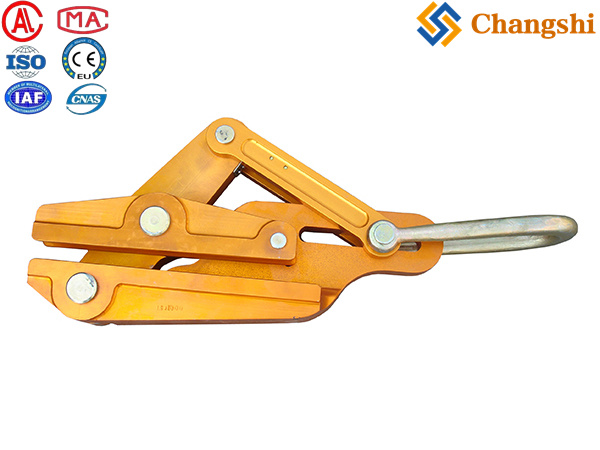
Hot Stick Operable Clamps
Hot stick operable clamps are specialized electrical clamps designed to be safely installed, operated, and removed using an insulated hot stick (also known as a "live-line tool"). This capability is paramount for utility workers who need to perform tasks on or near energized high-voltage power lines without de-energizing the line.
The core principle is maintaining safe working distance and electrical isolation between the worker and the energized conductor.
Why Hot Stick Operability is Crucial:
Safety: This is the primary benefit. By allowing workers to operate clamps from a safe distance, hot sticks significantly reduce the risk of electric shock, arc flash, and other electrical hazards associated with direct contact with energized equipment. This enables live-line maintenance, reducing the need for costly and disruptive power outages.
Continuity of Service: Live-line work (often called "hot work") minimizes service interruptions to customers, which is vital for critical infrastructure and modern economies.
Efficiency: Performing work without de-energizing lines saves time and resources that would otherwise be spent on switching operations, grounding, and rescheduling.
Accessibility: Hot sticks allow workers to reach components that might be difficult or impossible to access with bare hands or even insulated gloves, especially at higher voltages.
Key Characteristics & Mechanisms of Hot Stick Operable Clamps:
Hot stick operable clamps typically feature specific designs to facilitate remote operation:
Universal Head / Eye: They are designed with a universal-type head (like a "shotgun" or "grip-all" head) that can be easily attached to the end of a hot stick.
Operating Mechanism: The clamp has a mechanism that can be manipulated by the hot stick. Common mechanisms include:
External Rod (Shotgun Stick Style): This is very common. The hot stick has an external operating rod that slides along the length of the stick. This rod connects to a lever or mechanism on the clamp, allowing the worker to open and close the jaws of the clamp by pushing or pulling the rod. (As seen in the search results for "Salisbury Shotgun Style Hot Stick" and "Hastings Internal-Rod Shotgun Stick").
Toggle Lever: Some clamps have a toggle lever that can be engaged or disengaged by the hot stick, particularly for opening or closing switches or holding devices.
Rotating Eye (for "Screw-Type" Clamps): For clamps that tighten with a screw or bolt, the clamp will have a large, usually round or square, eye that can be engaged by a hot stick with a specialized fitting (like a hook or a socket wrench head) to rotate and tighten/loosen the clamp.
Robust Construction: Made from durable, corrosion-resistant materials (e.g., high-strength bronze, aluminum alloys, or galvanized steel) to withstand outdoor conditions and the stresses of live-line work.
Insulated Grip Surfaces: While the hot stick provides the primary insulation, the clamp itself often has design features to minimize tracking or arcing.
Specific Jaw Designs: Matched to the conductor type and size (e.g., smooth jaws for bare conductors, serrated for better grip on insulated or steel conductors).
Common Types of Hot Stick Operable Clamps:
Hot Line Clamps (Tap Clamps): These are perhaps the most ubiquitous hot-stick operable clamps.
Purpose: To create a temporary or semi-permanent electrical tap connection from an energized main line to a branch line, a temporary service, or a piece of equipment (like a transformer).
Design: Often made of bronze alloy or aluminum alloy, with a threaded eye bolt that is tightened by a hot stick to close the jaws onto the conductor. They are designed for quick and safe attachment/removal.
Applications: Tapping off existing lines, installing temporary grounds, or connecting test equipment. (As described by Rayphen and TTF Power Industries in the search results).
Temporary Grounding Clamps: Used to establish temporary equipotential grounding on de-energized lines or equipment to protect workers. These are specifically designed for hot stick application and removal.
Jumper Clamps: Used to temporarily bypass equipment (like a switch or a transformer) for maintenance or testing, allowing power to flow around the component. Many jumper clamps are designed for hot stick operation.
Live-Line Working Clamps (e.g., for conductor holding/transfer): Specialized clamps that can hold or move energized conductors for tasks like insulator replacement or line re-tensioning, all while maintaining a safe distance.
Fuse Holder Clamps: Used to install or remove fuses in fuse cutouts. The clamp portion of a "fuse stick" or "disconnect stick" allows for this.

